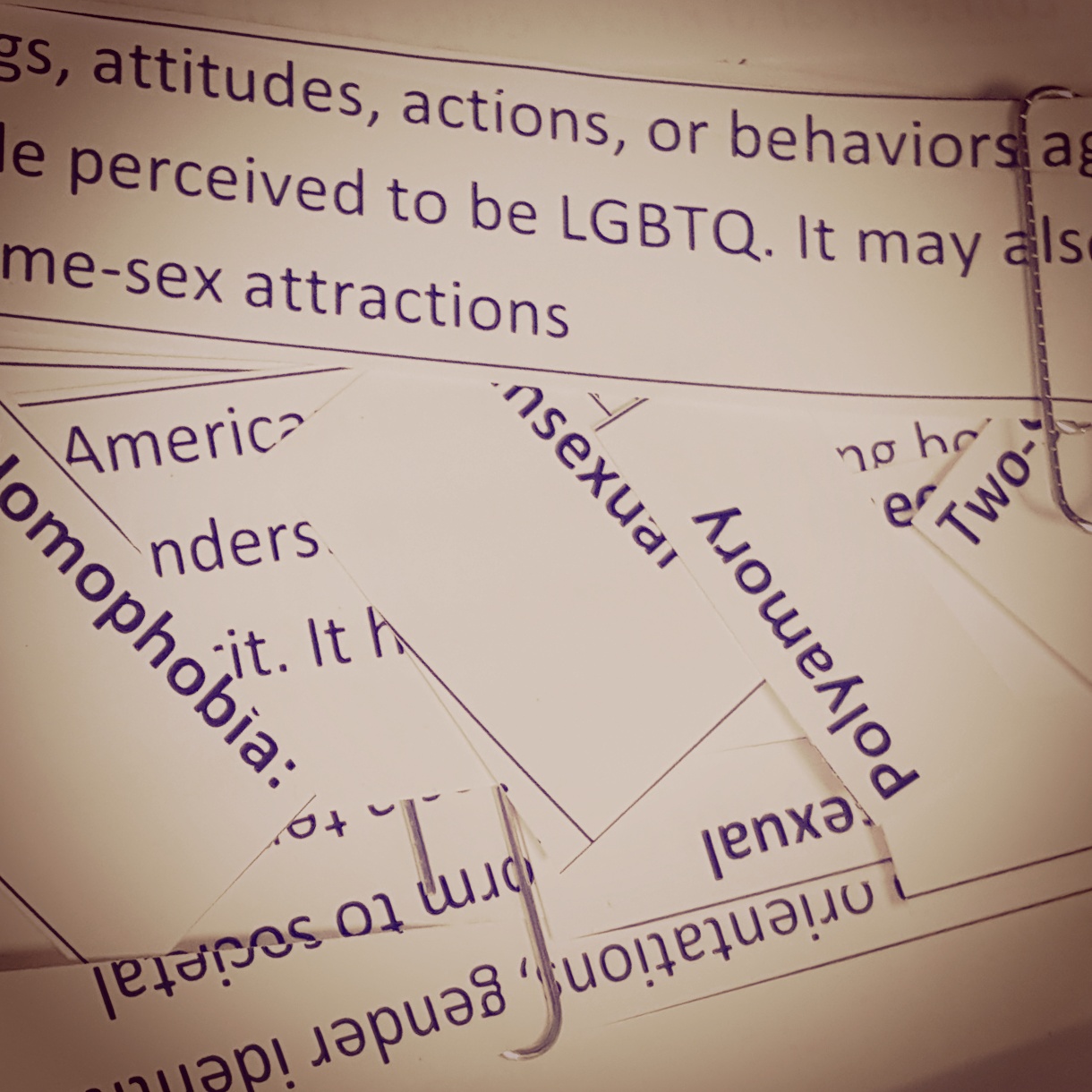In Jan Zita Grover’s writing, Grover writes about “the burden of scarcity” (187). Grover’s discussion of “the burden of scarcity” relates to the lack of representation of particular queer subjects within media. For example, many media representations of queer characters, if they’re present at all, rely heavily on the use of stereotypes. Lesbian women are often hyper sexualized while gay men are often hyper feminized. This scarcity of images and representation of queer voices within the media leads to the burden of expectations on those within the queer community.
I would argue that the burden of scarcity still exists today. Often times, even though queer culture is being integrated more into our culture, because queer culture does not align with heterosexual and patriarchal stereotypes queer people are not represented in media. When they are represented they once again rely on stereotypes, such as all lesbians are into cars, or rely on misinformation of queer culture. This extends to particular expectations of queer communities from heterosexual culture. When those expectations aren’t met it can often be disappointing to heterosexual culture which further puts the burden of making others feel comfortable and fitting in with the rolls they are given onto queer communities.
Jan Zita Grover, “Framing the Questions: Positive Imaging and Scarcity in Lesbian Photographs,” in Stolen Glances: Lesbians Take Photographs , eds. Tessa Boffin and Jean Fraser (Pandora Press: London, 1991), 184-190, reprinted in Art & Queer Culture , eds. Catherine Lord and Richard Meyer (London and New York: Phaidon Press, 2013), 339-341.
